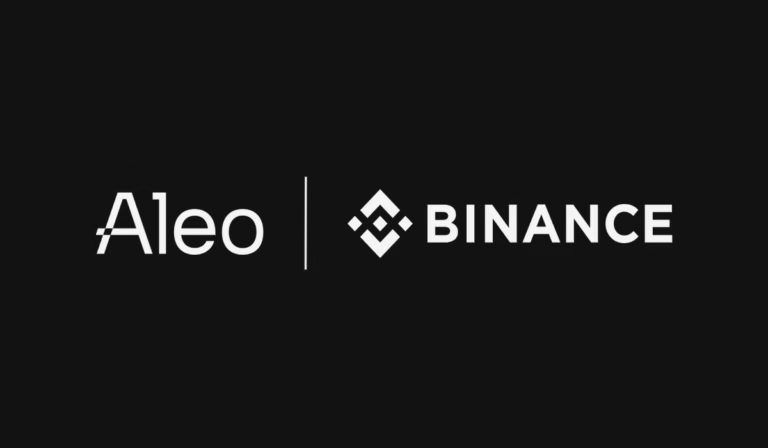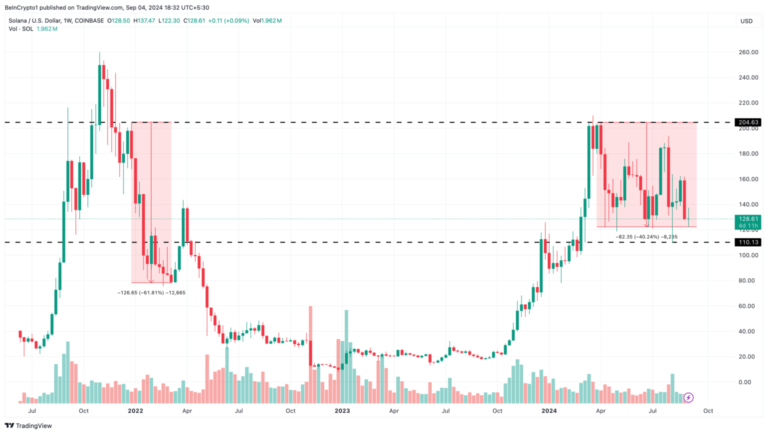
- Cardano (ADA) is experiencing a bearish trend marked by lower highs and double-top patterns, but shows resilience through strong on-chain metrics and increased DeFi activity.
- Significant whale involvement, with 28% of ADA’s supply controlled by large investors and $34.46 billion in recent large transactions, underscores potential stability and future recovery.
Cardano (ADA) has been navigating through a bearish trend marked by continuous lower highs and frequent double-top patterns. Despite this challenging environment, the cryptocurrency has shown remarkable resilience, underpinned by strong on-chain metrics and significant activity from large investors.
Deep Dive into ADA’s Investor Dynamics
The bearish sentiment around ADA is evident from its price movement, characterized by consistent lower highs since early June. This negative trend, however, is contrasted by a surprising upward trajectory in ADA’s on-chain metrics. Notably, the total value locked (TVL) in its DeFi applications has surged to new heights, surpassing the records set during the 2021 bull market. This increase in TVL reflects growing interest and confidence among DeFi users, suggesting a robust underlying demand for Cardano’s ecosystem.
A key component of ADA’s market dynamics is the participation of large-scale investors, commonly referred to as whales. These investors hold a significant portion of ADA’s total supply, approximately 28%, and their activities can heavily influence market sentiment and price stability. Recent data highlights $34.46 billion in large transactions over the past week, indicating sustained high-stakes engagements by these whales. This level of activity suggests that despite the bearish trend, there is a foundational support from major investors that could contribute to future price stability and potential recovery.
The technical analysis of ADA’s market behavior reveals a pattern of consolidation. The Bollinger Bands, which indicate volatility, are tightly configured, suggesting a period of low price fluctuation. Additionally, the Moving Average Convergence Divergence (MACD) indicator remains flat near zero, underscoring the lack of momentum in either direction. This consolidative phase is further supported by the Relative Strength Index (RSI), which hovers between 50 and 60, indicating a neutral market sentiment with a slight bullish inclination.
Moreover, ADA’s charts are marked by numerous double-top formations, a classic bearish reversal signal. However, the resilience shown in its on-chain data and the steady involvement of large investors provide a counterbalance to these bearish technical signals. This duality highlights the complexity of ADA’s market and suggests that while short-term price movements may be bearish, the long-term outlook could be more optimistic if on-chain metrics continue to strengthen.
While Cardano’s recent price action has been predominantly bearish, the cryptocurrency’s on-chain support and increased DeFi activity suggest a promising outlook. The significant role of large investors adds another layer of complexity to ADA’s market dynamics. As Cardano navigates through its current consolidation phase, market participants should closely monitor technical indicators and on-chain metrics to formulate a more informed trading strategy. The resilience shown by ADA amid these challenging conditions underscores the potential for future recovery and growth in the Cardano ecosystem.






